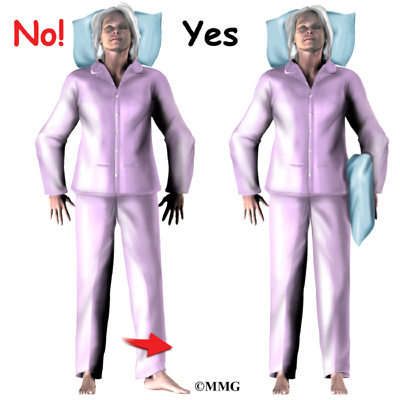

This muscle assists with the external rotation of the hip. It passes through the pelvis and extends to the thighbone, or femur. Pain with weight bearing activities such as walking, running, stairs, or prolonged standing. Painful weakness to the lateral hip muscles. The psoas major is in the lower lumbar region. Pain often noted along the outside of the leg. These muscles are separate in the abdomen, but they join together in the thigh. He specializes in treating conditions that affect the hip and other large joints. Two individual muscles called the psoas major and the iliacus form the iliopsoas muscle. Sketchler, MD is a board certified orthopedic surgeon with over 25 years of experience in the surgical and non-surgical treatment of musculoskeletal and orthopedic conditions. The gluteus maximus, which is a large muscle in the buttocks, is the most powerful external rotator muscle of the hip. The gluteal muscles comprise the gluteus maximus, gluteus medius, gluteus minimus, and tensor fasciae latae. Some of the most important hip muscles include: Each of these muscles plays a role in the movement or stability of the hip. There are 21 different muscles that cross the hip joint. Check out the video below for some useful hip and leg stretches you can try at home.Share on Pinterest Regular exercise can keep the hip external rotators strong and flexible. Stretching your legs and hips after a workout can help relieve any lingering areas of tightness or pain. Moving your legs as soon as you can after the operation is one of the best. Additionally, water moves essential nutrients throughout the body to improve muscle performance, allowing you to build hip strength and stability. Find out about the risks of hip replacement surgery, including joint problems. Specifically, proper hydration keeps your joints lubricated which can help increase the range of motion in your hips. Hydration is a key player in overall health and wellness. Take a few minutes to get your body warmed up before a workout to reduce your risk of developing snapping hip syndrome while keeping your body flexible. Warm Upīefore practicing any sports or activities, including dancing, remember to warm up properly! The goal of warming up is to stretch and loosen your muscles, get your heart pumping, and prepare your body for any exercises it’s about to perform. Shoes should be comfortable and provide appropriate arch support. Since ballet slippers and other dance shoes offer little to no support, ballerinas and dancers need to wear appropriate footwear off stage. One effective way to avoid tight, weak hips is to wear proper shoes that give appropriate arch support. Below are a few other ways you can keep dancer’s hip from breaking your stride. Stretching the iliopsoas and quadriceps while strengthening the core and hip muscles can successfully mitigate pain.

The good news is that conservative treatment can successfully alleviate snapping hips. Snapping hip syndrome is often considered just a nuisance, but if left untreated the symptoms may get worse and lead to early-onset joint degeneration. It causes acute pain and disables your leg until it’s corrected. (Artificial hip replacements are somewhat easier to dislocate.) A dislocated hip is a medical emergency. It usually occurs from a significant traumatic injury. Dancer’s hip can make these movements uncomfortable and sometimes painful, which could hinder your training.īuilding up your hip flexibility and strength can help reduce your chances of getting a hip injury like snapping hip syndrome. Hip dislocation is a painful event in which the ball joint of your hip comes out of its socket. Some ballet moves, like the grand battements and developpes, require strong and flexible hips to perform in continuous sequences. This condition is prevalent in ballet dancers because they need to repeatedly lift and rotate their legs in specific technical movements. Tightness in your quads can also cause internal snapping hip symptoms. It’s often caused by the iliopsoas tendon rolling over the hip bones during flexion and external rotation. Internal snapping hip is felt in the front part of the hip. Athletes in high-mobility sports, like soccer, gymnastics, and running are more likely to develop snapping hip syndrome. External snapping hip syndrome is felt on the outside of the hip and is most commonly caused by a tight iliotibial (IT) band rolling over the femur and making a “snapping” noise during hip movement.

Snapping hip syndrome can occur either internally or externally.


 0 kommentar(er)
0 kommentar(er)
